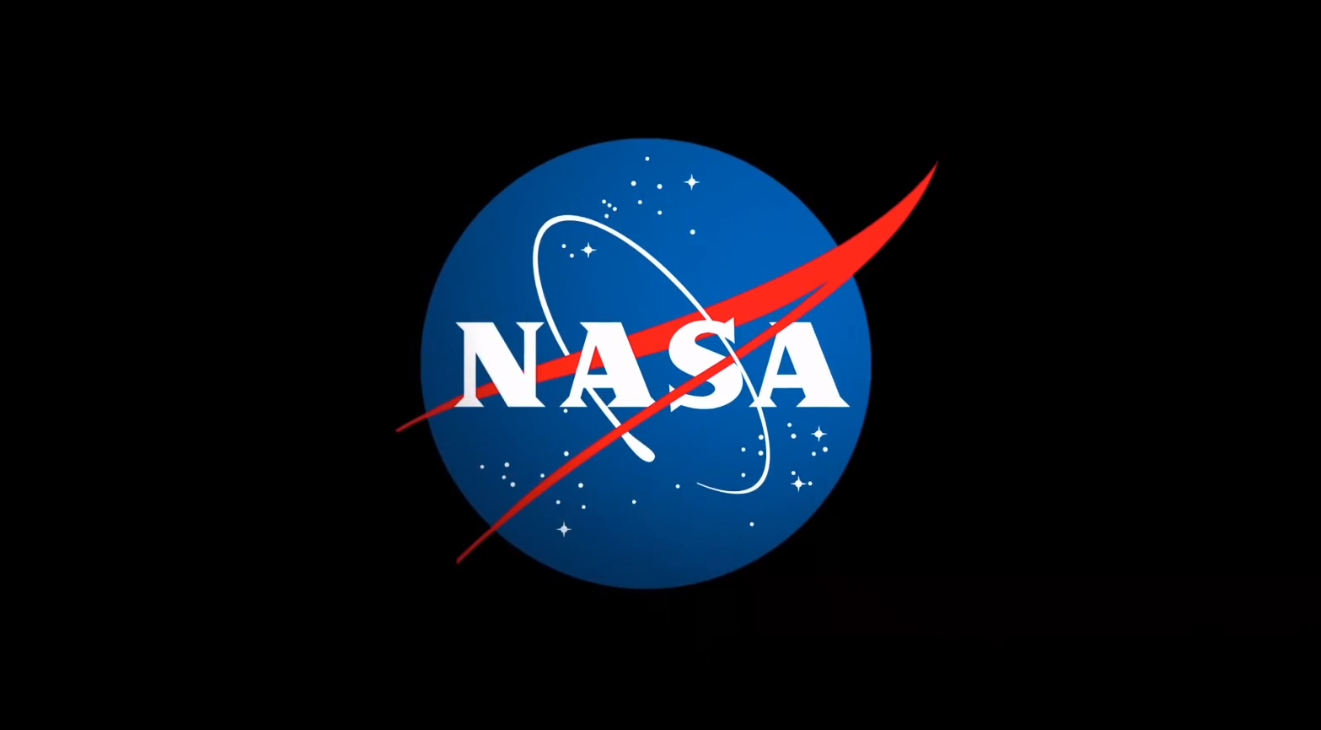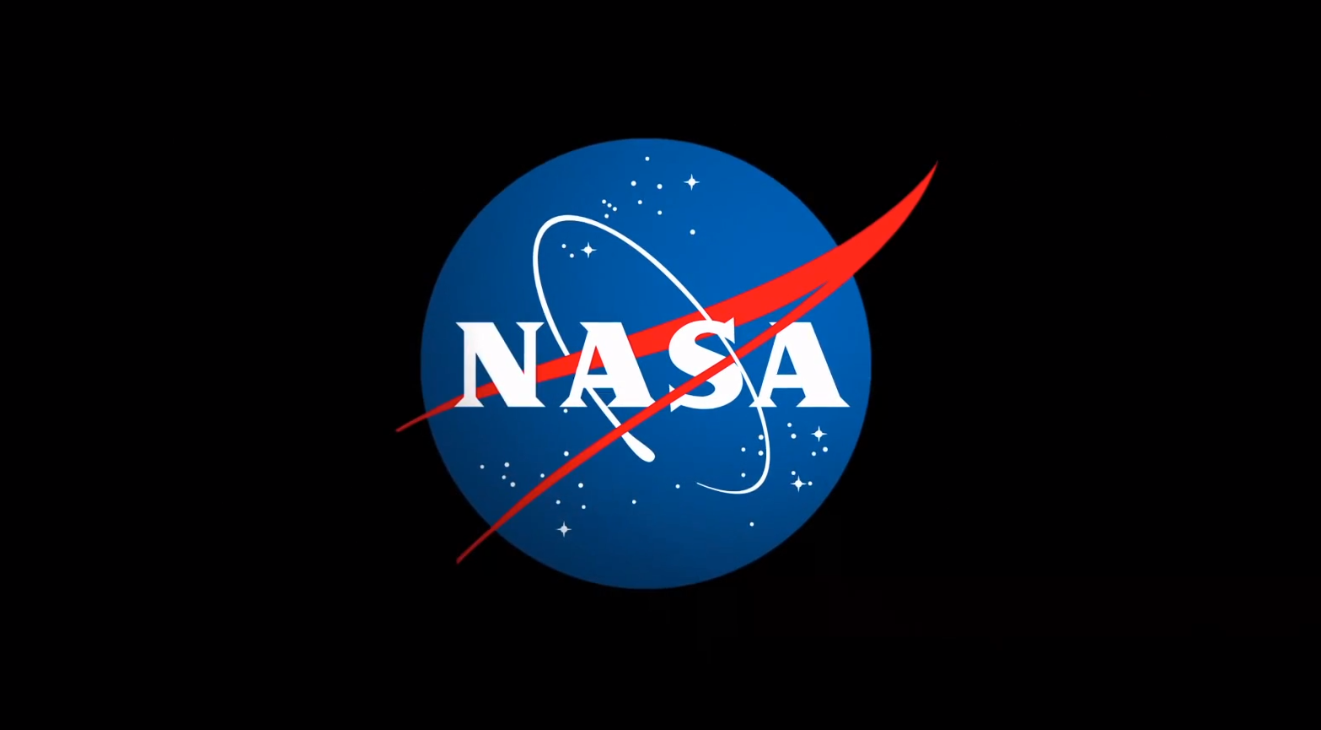NASA Funds Research Projects Advancing STEM Career Development
NASA has awarded $6 million to 20 teams from emerging research institutions across the United States supporting projects that offer career development opportunities for science, technology, engineering, and mathematics (STEM) students. This is the third round of seed funding awarded through the agency’s MOSAICS (Mentoring and Opportunities in STEM with Academic Institutions for Community Success) program, […]

NASA has awarded $6 million to 20 teams from emerging research institutions across the United States supporting projects that offer career development opportunities for science, technology, engineering, and mathematics (STEM) students.
This is the third round of seed funding awarded through the agency’s MOSAICS (Mentoring and Opportunities in STEM with Academic Institutions for Community Success) program, formerly the Science Mission Directorate Bridge Program. The program seeks to expand access to NASA research opportunities in the science and engineering disciplines, as well as to NASA’s workforce.
“The STEM workforce continues to grow, and today’s students, studying at a variety of higher-education institutions — community colleges, primarily undergraduate institutions, and minority-serving institutions — are the STEM workforce of tomorrow, who will work to solve some of our biggest challenges at home while answering some of our biggest questions about our universe,” said Padi Boyd, director of MOSAICS at NASA Headquarters in Washington. “Exposing today’s students to the incredibly inspiring and cutting-edge discoveries made through NASA’s space science people and resources ensures that these students get the training they need to persist in STEM careers, while fostering enduring collaborations between NASA researchers and faculty at a wide range of institutions.”
NASA’s Science Mission Directorate MOSAICS program funds research projects building relationships between college faculty and researchers at the agency while providing mentorship and training for students in STEM disciplines. The projects support teams at academic institutions that historically have not been part of the agency’s research enterprise — including Hispanic-serving institutions, historically Black colleges and universities, Asian American and Native American Pacific Islander-serving institutions, and primarily undergraduate institutions.
The program previously awarded seed funding to 11 teams in February and 13 teams in April. This third cohort brings the total number of projects funded to 44 teams at 36 academic institutions in 21 U.S. states and territories, including Washington and Puerto Rico, in collaboration with seven NASA centers. A new opportunity to apply for seed funding is now open until March 28, 2025.
The following projects were selected as the third cohort to receive seed funding:
“Bridging Fundamental Ice Chemistry Studies and Ocean World Explorations”
Principal investigator: Chris Arumainayagam, Wellesley College, Massachusetts
NASA center: NASA’s Jet Propulsion Laboratory (JPL), Southern California
“Planetary Analog Field Science Experiences for Undergraduates: Advancing Fundamental Research and Testing Field Instrument Operations”
Principal investigator: Alice Baldridge, Saint Mary’s College of California
NASA center: NASA’s Goddard Space Flight Center, Greenbelt, Maryland
“Building an FSU-JPL Partnership to Advance Science Productivity Through Applications of Deep Learning”
Principal investigator: Sambit Bhattacharya, Fayetteville State University, North Carolina
NASA center: NASA JPL
“CSTAT: Establishing Center for Safe and Trustworthy Autonomous Technologies”
Principal investigator: Moitrayee Chatterjee, New Jersey City University
NASA center: NASA Goddard
“Development of Biomechanics Simulation Tool for Muscle Mechanics in Reduced Gravity to Enhance Astronaut Mission Readiness”
Principal investigator: Ji Chen, University of the District of Columbia
NASA center: NASA’s Johnson Space Center, Houston
“NASA Next Level”
Principal investigator: Teresa Ciardi, Santa Clarita Community College District, California
NASA center: NASA JPL
“Controlled Assembly of Amphiphilic Janus Particles in Polymer Matrix for Novel 3D Printing Applications in Space”
Principal investigator: Ubaldo Cordova-Figueroa, Recinto Universitario Mayaguez
NASA center: NASA’s Glenn Research Center, Cleveland
“Development of a Non-Invasive Sweat Biosensor for Traumatic Brain Injury Compatible With In-Space Manufacturing to Monitor the Health of Astronauts”
Principal investigator: Lisandro Cunci, University of Puerto Rico, Rio Pedras
NASA center: NASA’s Ames Research Center, Silicon Valley, California
“Examining Climate Impacts of Cirrus Clouds Through Past, Present, and Future NASA Airborne Campaigns”
Principal investigator: Minghui Diao, San Jose State University Research Foundation, California
NASA center: NASA Ames
“CSUN-JPL Collaboration to Study Ocean Fronts Using Big Data and Open Science Structures in Coastal North America”
Principal investigator: Mario Giraldo, California State University, Northridge
NASA center: NASA JPL
“Accelerating Electric Propulsion Development for Planetary Science Missions With Optical Plasma Diagnostics”
Principal investigator: Nathaniel Hicks, University of Alaska, Anchorage
NASA center: NASA JPL
“Advancing Students Through Research Opportunities in Los Angeles (ASTRO-LA)”
Principal investigator: Margaret Lazzarini, California State University, Los Angeles
NASA center: NASA JPL
“Bridging Toward a More Inclusive Learning Environment Through Gamma-ray Burst Studies With Machine Learning and Citizen Science”
Principal investigator: Amy Lien, University of Tampa, Florida
NASA center: NASA Goddard
“Hampton University STEM Experience With NASA Langley Research Center: Polarimetry for Aerosol Characterization”
Principal investigator: Robert Loughman, Hampton University, Virginia
NASA center: NASA’s Langley Research Center, Hampton, Virginia
“Aerocapture Analysis and Development for Uranus and Neptune Planetary Missions”
Principal investigator: Ping Lu, San Diego State University
NASA center: NASA Langley
“Pathways from Undergraduate Research to the Habitable Worlds Observatory”
Principal investigator: Ben Ovryn, New York Institute of Technology
NASA center: NASA Goddard
“Point-Diffraction Interferometer for Digital Holography”
Principal investigator: James Scire, New York Institute of Technology
NASA center: NASA Goddard
“From Sunbeams to Career Dreams: Illuminating Pathways for NMSU Students in Solar-Terrestrial Physics in Partnership With NASA GSFC”
Principal investigator: Juie Shetye, New Mexico State University
NASA center: NASA Goddard
“CONNECT-SBG: Collaborative Nexus for Networking, Education, and Career Training in Surface Biology and Geology”
Principal investigator: Gabriela Shirkey, Chapman University, California
NASA center: NASA JPL
“Multiplexed Phytohormone and Nitrate Sensors for Real-Time Analysis of Plant Responses to Pathogenic Stress in Spaceflight-Like Conditions”
Principal investigator: Shawana Tabassum, University of Texas, Tyler
NASA center: NASA’s Kennedy Space Center, Florida
Learn more about the MOSAICS program at:
https://science.nasa.gov/researchers/smd-bridge-program
-end-
Alise Fisher
Headquarters, Washington
202-358-2546
alise.m.fisher@nasa.gov
What's Your Reaction?









































